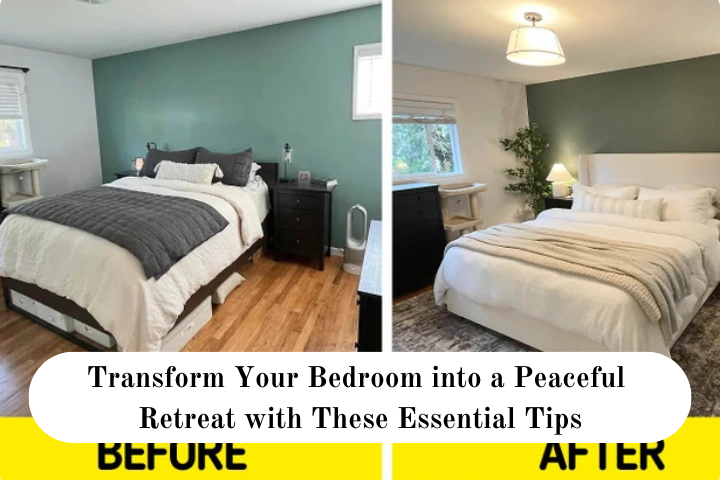A bedroom should be more than just a place to sleep. It should serve as a peaceful retreat that promotes relaxation, comfort, and a good night’s rest. Creating a soothing environment can significantly improve sleep quality and overall well-being. Follow these practical steps to turn your bedroom into a space that encourages deep rest and relaxation.
1. Manage the Lighting
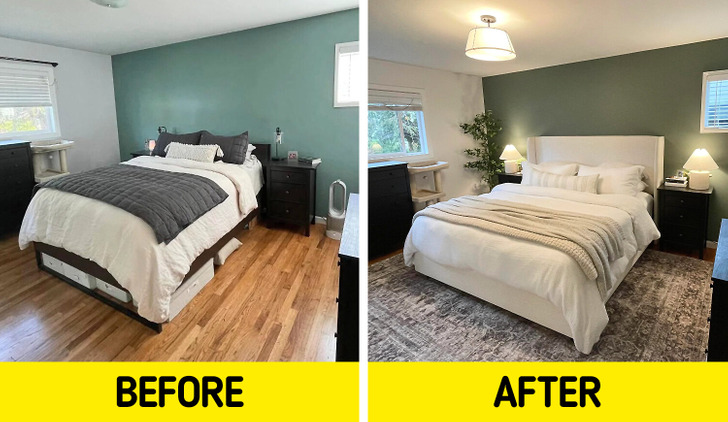
Lighting plays a crucial role in setting the right mood for sleep. A well-lit room during the day should transition into a dim, relaxing space at night. Natural light exposure in the morning helps regulate the body’s internal clock, while soft lighting in the evening prepares the body for rest. Use blackout curtains or blinds to block out external lights and reduce glare. Dimmable lights or bedside lamps with warm tones can create a soothing atmosphere, making it easier to fall asleep.
2. Add Calming Elements
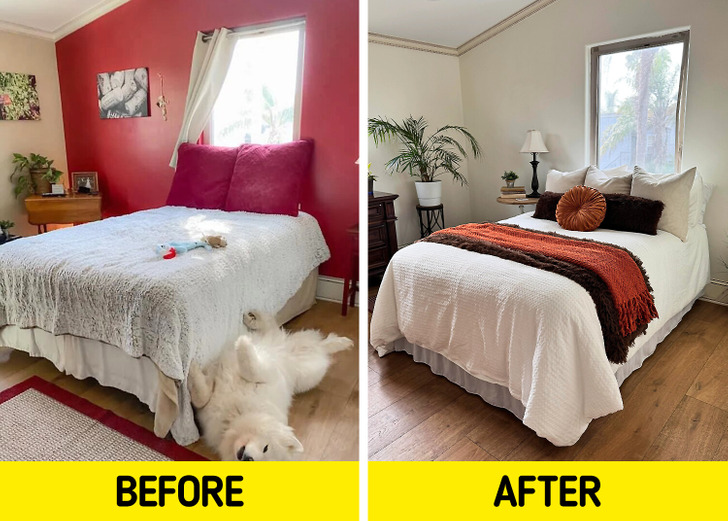
Incorporating calming elements into your bedroom can transform it into a stress-free zone. Soft textures, soothing colors, and natural materials help create a peaceful ambiance. Adding elements like scented candles, essential oil diffusers, or indoor plants can enhance relaxation. Lavender, chamomile, and sandalwood are known for their calming properties and can help promote better sleep.
3. Upgrade Your Mattress and Pillows
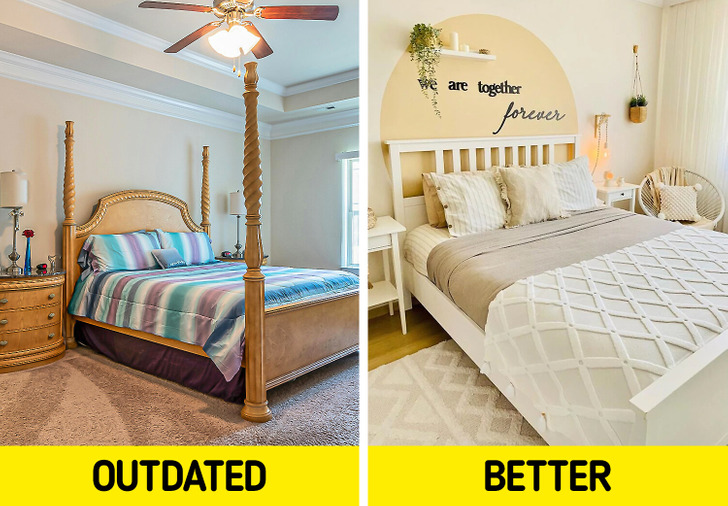
A comfortable mattress and supportive pillows are essential for quality sleep. An old or uncomfortable mattress can lead to body aches and restless nights. Choose a mattress that provides the right level of support based on your sleeping position. Memory foam, latex, and hybrid mattresses offer various benefits, so select one that aligns with your comfort needs. Invest in high-quality pillows that support your neck and spine. Breathable bed linens made from cotton or bamboo can also improve sleep comfort.
4. Introduce Smart Lighting Solutions
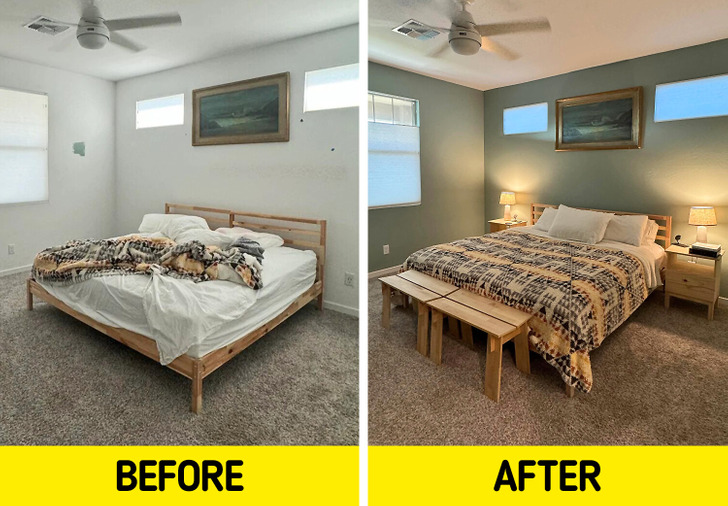
Smart lighting can help create an ideal sleep environment by adjusting brightness and color temperature. Automated lighting systems allow you to program lights to dim gradually in the evening, mimicking natural sunset patterns. Smart bulbs with warm tones can promote relaxation, while blue light reduction settings prevent interference with melatonin production. Consider installing motion-sensor nightlights to avoid disturbing your sleep when moving around at night.
5. Use Bright Colors Strategically

While soft and neutral tones are generally recommended for a calming bedroom, bright colors can be incorporated strategically. Using vibrant shades in small accents, such as pillows, artwork, or decorative pieces, can add personality without overwhelming the space. Avoid painting entire walls with bold colors, as they can be too stimulating. Instead, opt for pastel variations or muted tones that maintain a balanced and relaxing environment.
6. Avoid Overcrowding with Furniture
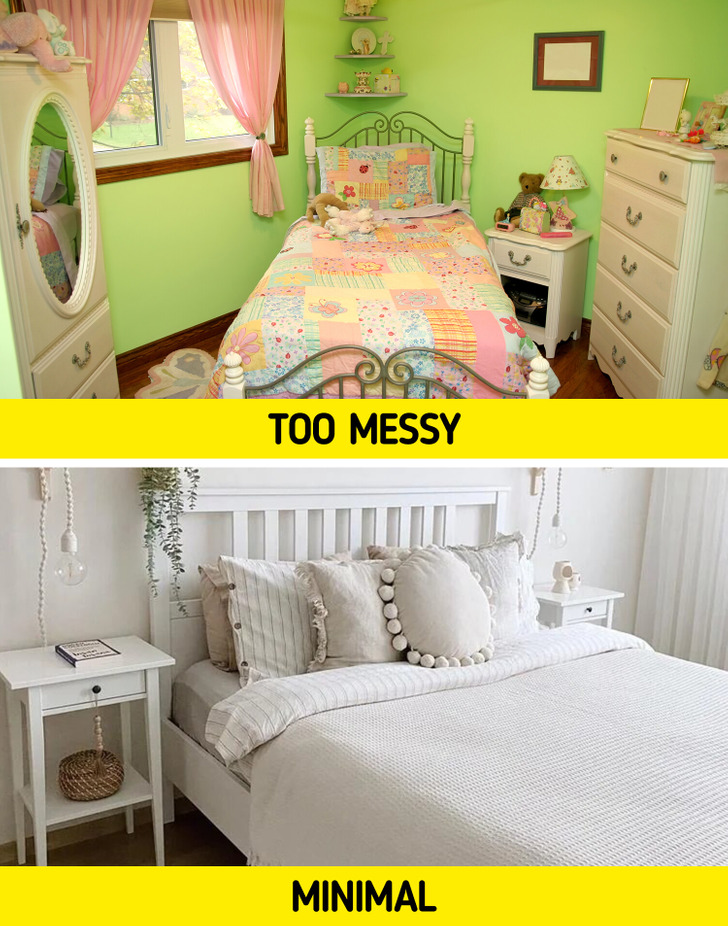
A cluttered bedroom can create a feeling of chaos, making it difficult to unwind. Keep furniture to a minimum and opt for multi-functional pieces to save space. A streamlined and well-organized layout promotes relaxation and ensures better air circulation. Avoid excessive decor and unnecessary items that can make the space feel overwhelming. Decluttering and maintaining an organized environment can significantly improve sleep quality and mental well-being.
7. Layer Your Lighting for Soft Ambiance
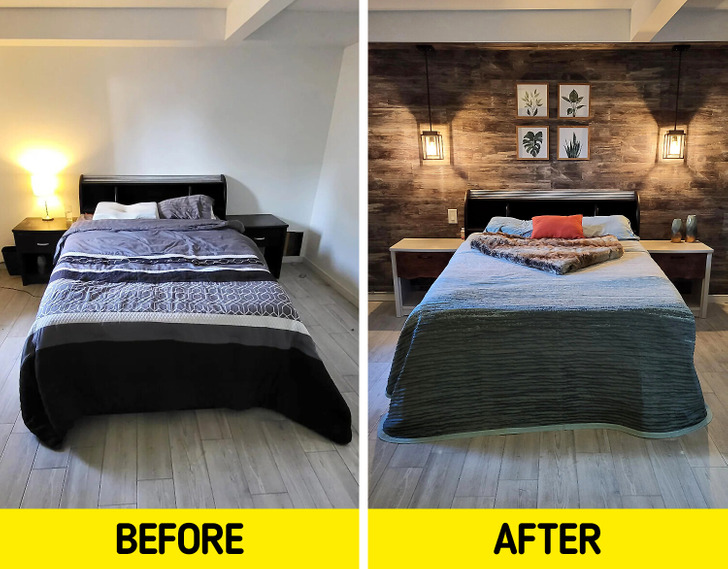
Layered lighting enhances the overall atmosphere of the bedroom by balancing brightness and creating a cozy environment. Combine different types of lighting, such as ceiling lights, bedside lamps, and wall sconces, to achieve a warm and inviting space. Task lighting near reading areas and accent lighting to highlight decor elements can add depth to the room. Using warm and dimmable lights helps create a restful ambiance, making it easier to wind down at the end of the day.
8. Avoid Rugs That Are Too Small for Your Room

Rugs play a vital role in enhancing comfort and adding warmth to a bedroom. However, using a rug that is too small can make the space look unbalanced and incomplete. A properly sized rug should extend beyond the bed and provide a soft surface underfoot. Choose a plush or soft-textured rug to add an extra layer of comfort. Opting for a rug with calming patterns and colors can also contribute to a relaxing environment.
Final Words
Transforming a bedroom into a restful retreat involves thoughtful design choices and strategic adjustments. By managing lighting, adding calming elements, upgrading sleep essentials, and organizing the space effectively, you can create an environment that promotes deep and restorative sleep. Small changes can have a significant impact on your sleep quality and overall well-being. Start incorporating these steps today and enjoy a more peaceful and rejuvenating sleeping experience.
